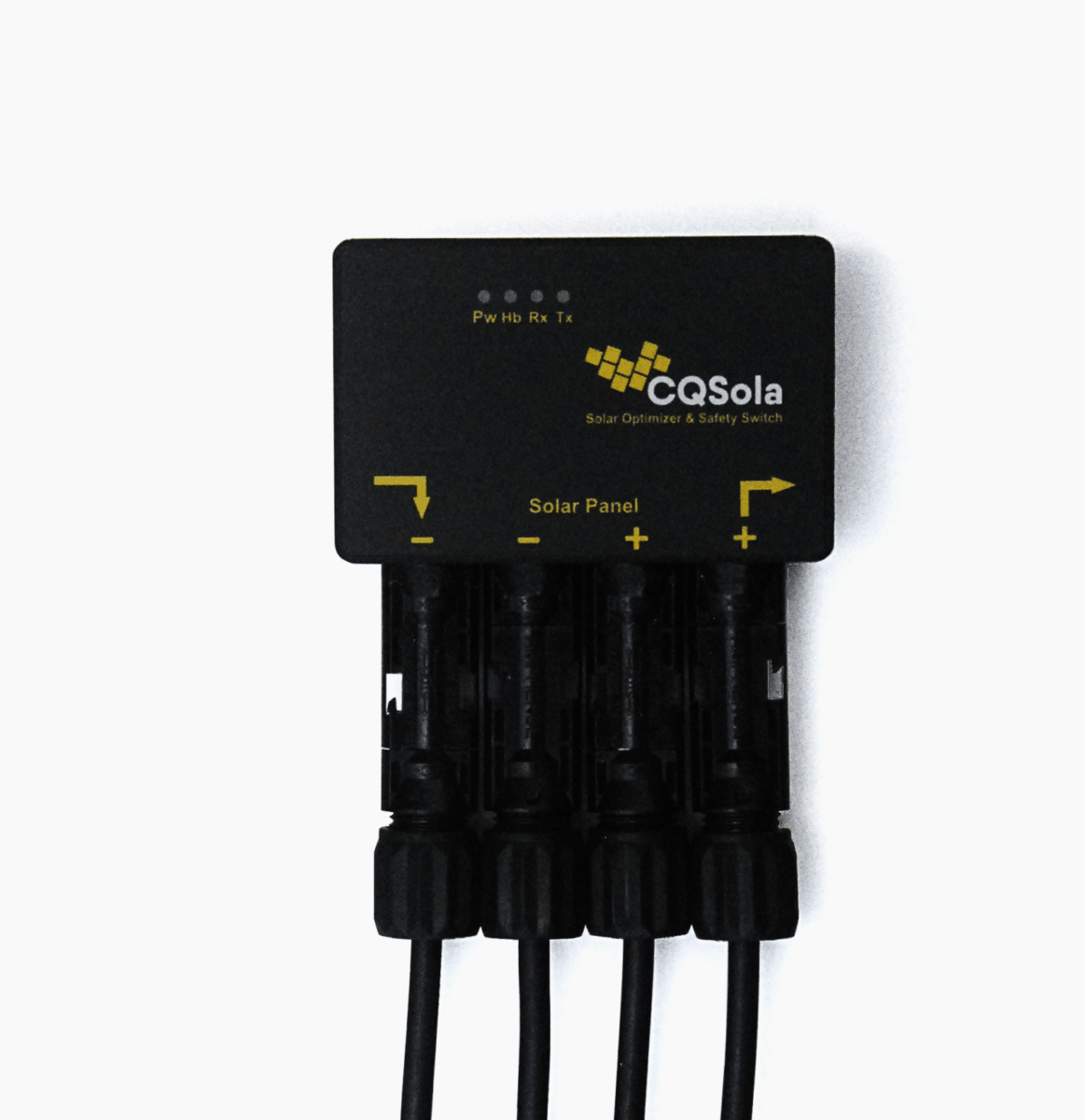Hydrogen from electrolysis for under AUD 2 ($1.54) a kilo? Australian entrepreneurs Ian and Tony Schirmer have developed a missing link in the race to low-cost hydrogen. Their CQSola industrial solar power controllers connect PV generation directly to the terminals of electrolyzers – no double DC-to-DC conversion – to save the 9-15% loss of power going to hydrogen that those processes incur.
That’s on top of the 21%+ additional power CQSola claims its device can help solar farms to generate by ensuring that each panel works to its maximum capacity, unhampered by its neighbours in a typical string arrangement.
pv magazine Australia originally covered the solar optimizer devised by the Schirmers back in August 2019. Electrical engineer Ian is a former products and services innovation manager at Ergon Energy, and he is relentlessly questing to improve clean energy performance. His son, Tony, brings business, cloud systems, and coding expertise to the mix.
Late last year, the startup was feted by the office of the Queensland Chief Entrepreneur, and since then has discovered further potential applications of its direct-control and monitoring device that will greatly improve the economic case for solar-generated hydrogen.
The revelation came about when CQSola was “contacted by a representative from the Asian Development Bank who was scouting out new technologies for green hydrogen production,” Ian tells pv magazine Australia. The ensuing discussion prompted the Schirmers to investigate their technology through a green-hydrogen lens.
“We discovered that we can hook it up from the solar panels directly to hydrogen electrolyzers, cutting out a whole heap of machinery and electronics in the middle,” he says.
Since hydrogen production and re-energization are notorious for losing power at every conversion turn, reducing the number of processes involved is an obvious way to ensure more green energy is captured, and lower the cost per kilo.

Ian adds that because electrolyzers are a form of energy-storage, “you charge the electrolyzer to get hydrogen and discharge that to get energy.” The technology could also enable battery energy storage systems (BESSs) and uninterruptible power supplies (UPSs) to be directly charged from the DC side of solar farms, again reducing the loss of energy through conversions.
The Schirmers say it was a natural progression for CQSola to begin working on the design of high-voltage electrolyzers, by “hooking existing electrolysers up in series to get a higher-voltage electrolyzer.”
Control freak
“The problem,” adds Tony, “is that at the moment the control for that system doesn’t exist.” It would generally be achieved via a DC busbar, but “to get the power onto the DC busbar you need to have a DC-to-DC conversion and a DC-to-DC conversion on the actual charge controller,” he says, noting that they've built all that into their controller. “Essentially when you connect our product in a string, you’re creating a busbar with a charge controller on it and taking out those big conversion losses.”
CQSola has plans to partner with an electrolyzer manufacturer to enable higher-voltage equipment, with the aim of more efficiently producing hydrogen from the same amount of renewable energy.
As a solution for driving greater efficiencies in the green hydrogen value chain, the CQSola controller was recently endorsed in an industry webinar by Stephen B. Harrison founder of Europe-based sbh4 Consulting which specialises in all aspects of hydrogen production.
As part of the “EQ World Hydrogen Large-scale Electrolysis” webinar, aired in mid-April, Harrison posited that efforts to improve the performance of PV modules have plateaued in terms of return on R&D effort. “We need to look at other weak links in the photovoltaic chain” in order to economically feed mega- and giga-scale electrolyzers, he said.
Greater productivity of solar infrastructure will be one of the most significant contributors to lowering the cost of hydrogen.
Harrison singled out CQSola as “a very, very clever power-management device” that “solves a lot of the problems of solar farms” to give “20-30%, maybe even a 40%, uplift in power generation.”
Increasing productivity of solar farms and reducing losses in conversions from solar to electrolyzer by the percentages CQSola says are achievable using its technology, could make cents – perhaps enough to cross the H2 for under $2/kg rubicon.
This content is protected by copyright and may not be reused. If you want to cooperate with us and would like to reuse some of our content, please contact: editors@pv-magazine.com.




Great innovation, keep good works growing.